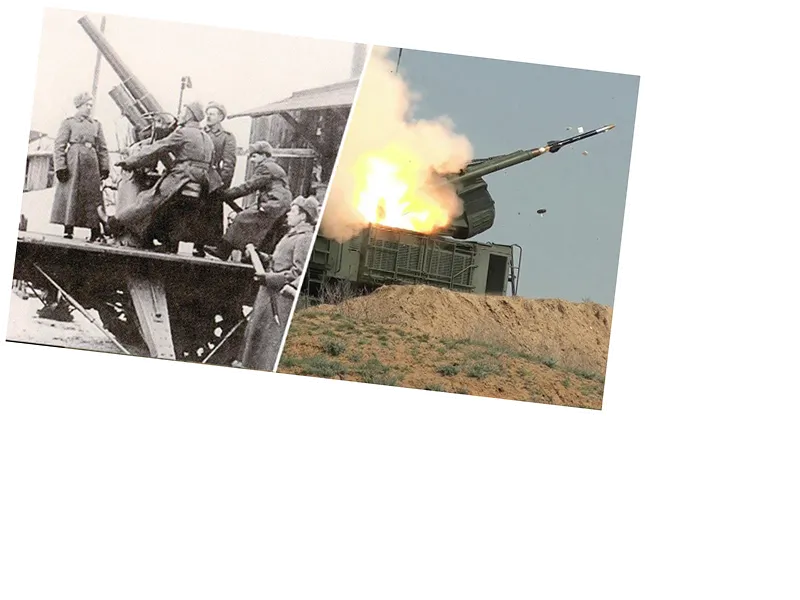On August 14, 1914, the Russian army marked a significant milestone in military history by shooting down its first enemy aircraft during World War I. This event began the evolution of anti-aircraft artillery, which has played a crucial role in various conflicts throughout the 20th and 21st centuries.
The initial success of Russian anti-aircraft gunners was achieved with improvised artillery setups, which evolved into more sophisticated systems over the decades. By the end of World War I, Russian forces had destroyed 19 enemy aircraft, showcasing the growing importance of air defense.
The development of anti-aircraft capabilities continued post-war, with the establishment of dedicated units within the Red Army. By the time of World War II, anti-aircraft artillery had become integral to Soviet military strategy, effectively defending cities like Moscow and Leningrad against Luftwaffe attacks.
The evolution of anti-aircraft systems saw significant advancements, leading to the introduction of self-propelled guns like the ZSU-57-2 and the Shilka, which greatly enhanced the Soviet Union's air defense capabilities. These systems were crucial in countering various aerial threats during the Cold War.
In modern times, the Russian military has continued to innovate, developing advanced systems like the Pantsir missile and gun system, which is capable of intercepting a wide range of aerial targets, including drones. This evolution reflects the ongoing need for effective air defense solutions in contemporary warfare.






